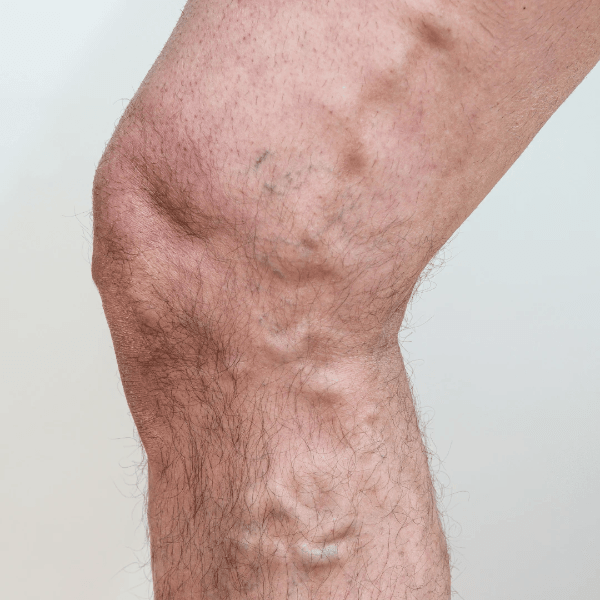When you think of varicose veins, you might picture the twisted, bulging blue lines on someone's legs and dismiss them as a simple cosmetic issue. Many people feel this way, and as a result, they may delay or even avoid seeking professional care.
At Florida Vein Center, we want to change that perception. While we understand the desire to have smooth, clear skin, it's crucial to recognize that varicose veins are more than just a cosmetic concern. They are often a visible sign of an underlying medical condition called venous insufficiency, and leaving them untreated can lead to serious health complications down the road.
What is Venous Insufficiency?
To understand the risks, you first need to understand the role of your veins. Your leg veins have tiny one-way valves that work against gravity to pump blood back to your heart. Venous insufficiency occurs when these valves weaken or become damaged. This allows blood to flow backward and pool in the lower legs, causing pressure to build and the veins to stretch and become varicose.
This isn't a stagnant problem; it's a progressive disease. Over time, the symptoms can worsen and new, more serious issues can develop.

While the cosmetic appearance of varicose veins may be what prompts you to seek help, here are some of the more serious health risks associated with leaving them untreated:
Chronic Pain and Discomfort: The pooling of blood in your veins can cause a range of uncomfortable symptoms, including a heavy, aching, or throbbing sensation in your legs, especially after long periods of standing or sitting. It can also lead to muscle cramping, itching, and a general feeling of fatigue in your legs.
Skin Changes (Hyperpigmentation): As the pressure in your veins increases, red blood cells can leak out of the vessels and into the surrounding tissue. When these cells break down, the iron in them stains the skin, leading to a dark, brownish discoloration, particularly around the ankles.
Venous Ulcers: This is one of the most serious complications of untreated venous insufficiency. The sustained pressure and lack of proper circulation can cause the skin tissue to break down, forming open, slow-healing sores, most commonly on the ankles. These wounds are not only painful but are also highly susceptible to infection.
Blood Clots: Varicose veins are a significant risk factor for developing blood clots. This can happen in two ways:
Superficial Thrombophlebitis: A painful inflammation and clotting of a vein just beneath the skin's surface. While this is not typically life-threatening, it can be extremely uncomfortable.
Deep Vein Thrombosis (DVT): This is a much more serious condition where a blood clot forms in a deep vein, usually in the leg. If this clot breaks loose, it can travel to the lungs, causing a potentially fatal pulmonary embolism.
The Good News: Treatment is Minimally Invasive
The thought of surgery may deter you from seeking treatment, but modern vein care has come a long way. The treatments available today, such as endovenous laser ablation (EVLA), radiofrequency ablation (RFA), and sclerotherapy, are minimally invasive, require little to no downtime, and are highly effective at treating the underlying cause of venous insufficiency.
All procedures are performed in our office, and you can typically return to your normal activities the same day. Plus, because vein disease is a medical condition, these treatments are almost always covered by insurance.
Don't Wait for the Symptoms to Worsen
If you've been living with the discomfort and appearance of varicose veins, it's time to take action. Ignoring them won't make them go away. Instead, it increases your risk of developing more serious and painful complications.
At Florida Vein Center, we specialize in diagnosing and treating vein conditions with the latest technology and a compassionate approach. We invite you to schedule a consultation with our experienced team to learn more about your vein health and how we can help you achieve healthier, happier legs.
